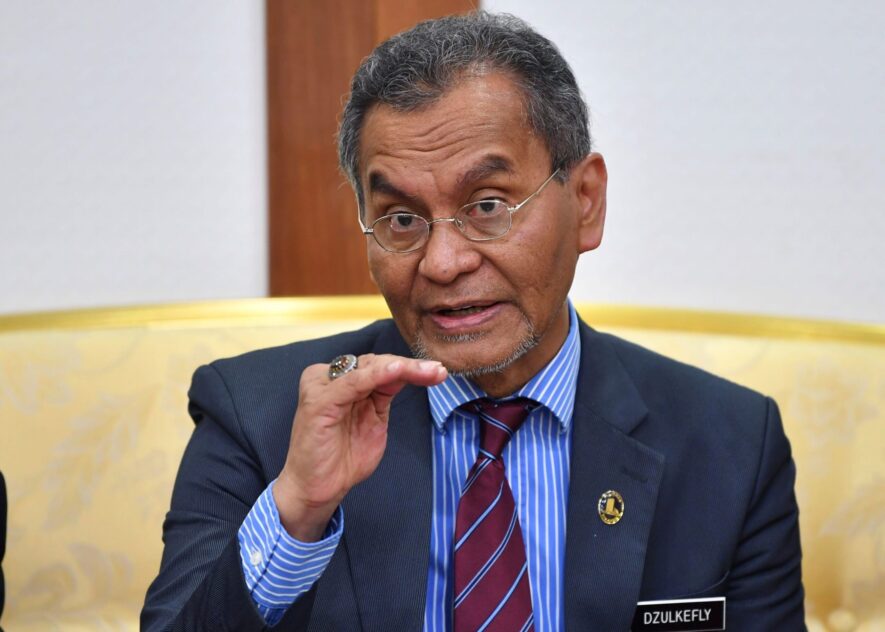MOTOR business has not been a profitable line of business for many years. Generally, there has been no increase in motor insurance premiums due to the tariff even when motor portfolio was registering losses.
In the years where motor loss ratios were high, motor premiums were cross subsidised by other better performing insurance products, thus balancing the sustainability of the insurance industry with the important socio-economic function of meeting consumers’ need for motor insurance.
The COVID-19 pandemic has also impacted the motor insurance sector as consumers have become conscious of their expenditure on purchasing of motor vehicles during the pandemic.
This is as the motor business saw a weak consumer demand with suspension of economic activity due to lockdown restrictions (to curb the spread of COVID-19 infections) while consumers became cost-conscious on purchasing motor vehicles.
According to the Malaysian Automotive Association (MAA), total industry volume (sales of new passenger and commercial vehicles) registered in 2020 was 529,434 units, a decrease of -12.4% compared to 2019. Gross direct premium for motor insurance fell by 0.21% in 2020 when compared to 2019.
Meanwhile, Bukit Aman Traffic Investigation and Enforcement Department (JSPT) revealed the number of road accidents reported in 2020 reduced by -26.3% to 418,237 accidents compared to 567,516 in 2019, largely owing to the movement control order (MCO) imposed by the Government.
As a result, the combined ratio for motor insurance improved by 6.0 percentage points to 98.3% in 2020 from the previous year. While this is a welcome development in terms of a reduction in deaths and injuries, it is unlikely to change the underlying trend unless there is a radical change in both driving habits and enforcement by the authorities.
Phased liberalisation
During the phased liberalisation period which started on July 1, 2016, insurers are allowed to introduce new motor products to better serve the needs of consumers while pricing them according to insurers’ respective risk pricing models subject to parameters of +/- 10% from the original tariff rates as at June 30, 2016.
“The limitation thresholds are meant to cushion the impact of any sudden and significant changes in premium with potential adverse impact on consumers,” the General Insurance Association of Malaysia (PIAM) pointed out.
“Any deviation from the aforementioned threshold will require the approval of the industry regulator, Bank Negara Malaysia (BNM).”
Based on statistics, the average premium has been broadly level since 2016 and average premium in real terms will be lower after accounting for inflation over the same period.
Over the same period to 2019, third party motor insurance average premium decreased by -16% and that would have benefited B40 consumers in general.

“We hope the above clarifies to the motoring public and other stakeholders that while the process initiated for the gradual removal of requirements under the motor tariff has begun, pricing continues to be regulated by the industry regulator,” PIAM commented.
PIAM also stressed that it is important to note that it is not involved in the pricing decisions of its members.
On this note, it reiterated that full liberalisation will lead to fairer pricing that will benefit safe drivers and lead to more product innovation, technologically-driven consumer solutions and a better overall consumer experience.
“Going forward, the industry eagerly anticipates further liberalisation and looks forward to working with BNM on the eventual opening up of the motor market,” added PIAM. – March 23, 2021
Photo credit: Outlook Money (India)










